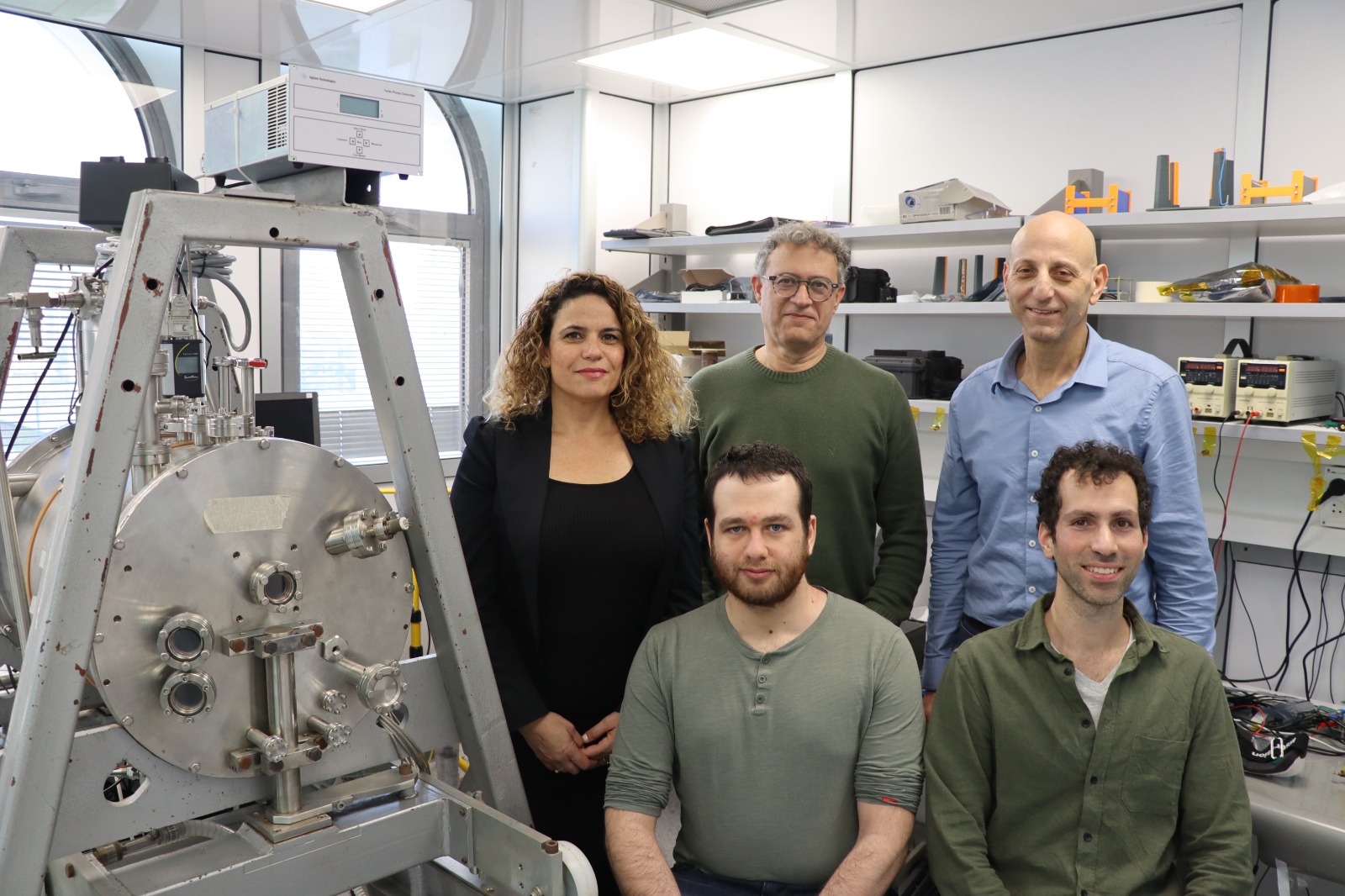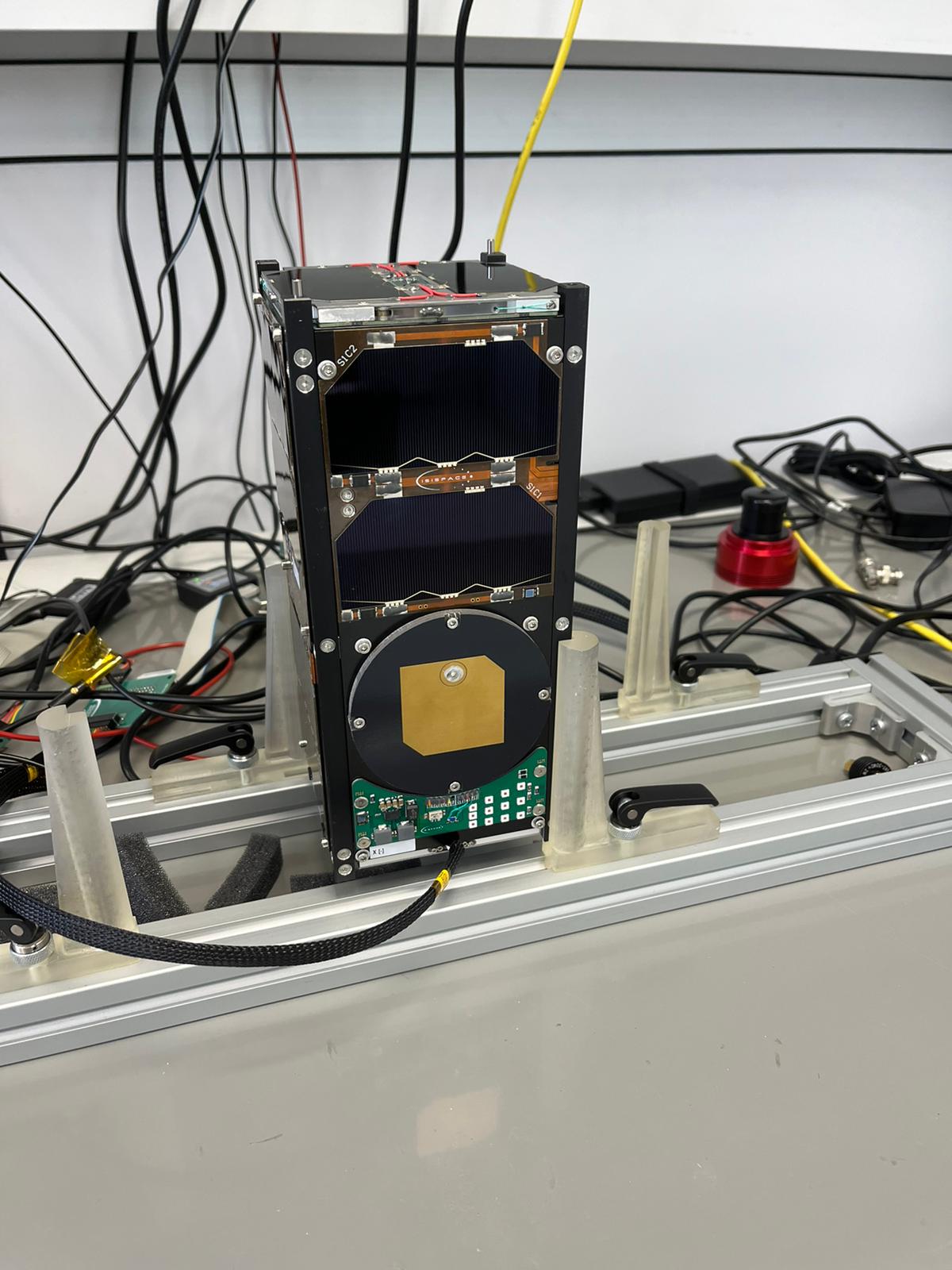Business
First Israeli Nanosatellite Designed to Communicate from Space with an Optical Ground Station
First Israeli Nanosatellite Designed to Communicate from Space with an Optical Ground Station
BY ITZHAK RABIHIYA / SNN, Jerusalem

A new technological achievement for Tel Aviv University: in less than two years TAU launched three nanosatellites into space. The third, TAU-SAT3, was launched yesterday on SpaceX's launch vehicle Falcon 9, from Cape Canaveral Space Force Station in Florida. According to the researchers, TAU-SAT3, developed at the Center for Nanosatellites of TAU's Fleischman Faculty of Engineering, represents a scientific breakthrough, paving the way toward demonstration of optical and quantum communication from space via nanosatellites.
The researchers: "TAU leads Israel's effort to create satellite communication channels based on optical and quantum technologies. To implement long-distance quantum communication over hundreds of kilometers or more we need to go into space. TAU-SAT3 is designed to pave the way toward demonstrating quantum communication via a quantum nanosatellite, to be built in the future at TAU."
Prof. Meir Ariel, Head of TAU's Center for Nanosatellites: "TAU's first two nanosatellites were designed to measure cosmic radiation around the Earth and test various means for protecting the electronic systems installed on satellites from this radiation. To this end, the nanosatellites carried special payloads built in collaboration with various scientific institutions, including the SOREQ Nuclear Research Center. The third satellite, TAU-SAT3, was the first to be fully designed, developed, and built at TAU.”

Dean of the Iby and Aladar Fleischman Faculty of Engineering, Prof. Noam Eliaz: “The Faculty of Engineering at Tel Aviv University is proud of the TAUSAT3 nanosatellite’s successful launching. This is the third nanosatellite we have launched in less than two years. The Launching is a result of research and development executed by the Nanosatellites Center at the Faculty of Engineering in collaboration with the QuanTAU Center. This nanosatellite realizes a number of milestones on our way to achieve quantum communication from space by the means of a quantum nanosatellite, which will be built in Tel Aviv University in the future. Recently, we were the sole winners of a tender by the Ministry of Science and Technology of Israel to build and launch a fleet of satellites while making the field of New Space and building nanosatellites accessible to students in the periphery.
As of today, the Faculty of Engineering at Tel Aviv University is the leader this field in Israel and is a focal point for students, schoolchildren, research centers and industry in this field. Launched to an altitude of 550 km, TAU-SAT3 is expected to orbit the earth for about five years and carry out several scientific tasks. It carries on board for the first-time batteries made by the Israeli company Epsilor that will provide it with energy for its entire life in orbit.
Its main mission will be to communicate with the new optical ground station set up on the roof of the Shenkar Physics Building on the TAU campus. This is the first optical ground station in Israel, and one of very few worldwide, that can lock onto, track, and collect data from a nanosatellite which, viewed from Earth, is smaller than a single pixel! According to the researchers, this means that in the future it will be technologically possible to build and launch nanosatellites for optical communication at a much lower cost compared to large satellites. TAU-SAT3 will also conduct experiments in satellite communication at very high bit rates and in scenarios where satellite communication channels have been disrupted.

Prof. Ariel explains: "TAU-SAT3 is a 20cm nanosatellite carrying an optical device that is only a few centimeters long. When the satellite passes over Israel, the device will emit light at various wavelengths, and the telescope of the optical ground station will identify the tiny flash, lock onto it, and track it". Prof. Oz adds: "It must be noted that beyond the encryption of security data, once current encryption methods are cracked by quantum computing, all data will be exposed – including personal medical and financial records, email and WhatsApp messages, etc.

Stories for you more +